The Alaskan Salmon Culture
Salmon is the real gold rush in The Last Frontier. Alaskan salmon culture is a story of hope. Often represented in carved totem poles, it is a symbol of abundance, renewal, fertility and dependability. Northwest Native Americans have relied on the fish as a food source and spiritual representation for thousands of years. Despite a turbulent history, including near extinction, today, salmon are treated with the utmost respect. Traditionally, one ceremonial fish is caught early in the spring, blessed, eaten and every piece of the remaining carcass returned to the sea in the belief that the spirit will rise again completing the cycle of life. Only then can the official fishing season begin.
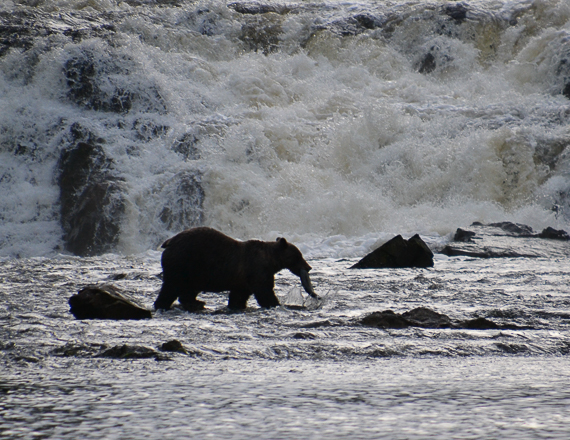
The Alaskan salmon fishery represents an integral role in the world’s production. Remarkably, the king, sockeye and coho salmon caught in these waters represents over 80% of the world’s commercial salmon.

Hidden Falls Hatchery, Alaska
During the first part of the century, salmon were fished to almost irreparable levels. Poorly designed traps would captured the entire population, removing fish ready to spawn from the food chain. Canneries depleted the species so badly that in 1953 President Eisenhower declared Alaska a federal disaster area.
Native Americans, who relied so much on the fish in their culture, were deeply involved with the changes implemented. Their subsistence and rural culture had for thousands of years depended on the salmon run and was now being threatened. The infamous traps were outlawed, replaced by responsible methods now used to keep the industry functioning and sustainable for the future. These changes also limited the number of fishing permits awarded.

Carved Totems, Angoon, Alaska
Some would argue that these regulations are now threatening the traditional rural life of Native Americans. Many are struggling to survive in this new landscape and the issue is layered and complicated. The political conflict over natural resources is real and unfortunately, universal around the world. What can be said however, is that the sustainable Alaskan salmon industry is now a shining light in the state. Others are looking to implement their methods for responsible fishing in additional parts of the world.

MV Westward in Tenakee, Alaska
I was able to connect the dots of the salmon’s vital role in the culture of this wild and undiscovered part of the United States as a guest aboard the 1924 cannery inspired MV Westward with AdventureSmith Explorations. Responsible travel and wildlife viewing are a cornerstone of the company’s philosophy, allowing clients to dig beneath the surface of the interface between wildlife and culture.

Captain Bailey steers the MV Westward towards Alaska’s Le Conte Glacier
Captain Bill Bailey feels his role on the journey is to present a balanced picture of the abundant flora and fauna while at the same time exposing guests to a view of life in this remote part of our country. The landscape is always spectacular, conversely the living can be isolated and challenging.
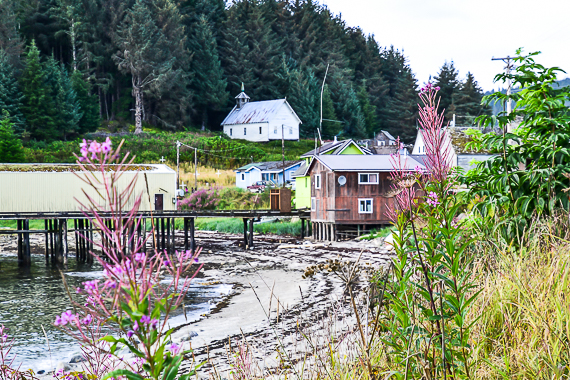
Angoon, Alaska on Admiralty Island
Alaska’s Inside Passage is untamed, rugged country. Large portions of uninhabited land, rich in natural resources, form the narrative of the state and can be found at the base of discussions of politics, history and its people. Cruising the southeast islands on a small ship provides a unique opportunity to visit the environmentally rich areas of Tongass National Forest, the largest in the country.
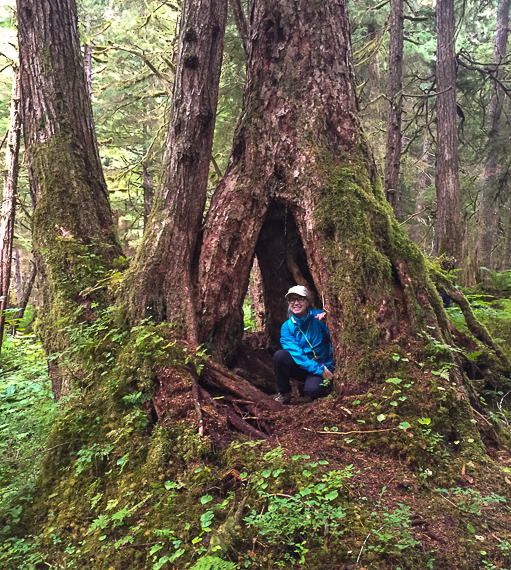
Alaska’s Inside Passage- Eve Lake Trail
Salmon is key to this rich environment and provides a foundation layer to the circle of life here. Spring spawn begins the process with hundreds of thousands of salmon returning from the sea. I was astonished to hear not only do they return to the area, the salmon return to the unique river where they were spawned, swimming deep upstream into the habitat. Nature or nurture? What ever the explanation, the fact remains that salmon have a unique GPS system that guides the species back again and again.

Hidden Falls Hatchery, Kashnyku Bay, Alaska – Salmon Eggs
Sitka was the starting point of my travel and the giant Sitka Spruce is part of one of the largest carbon sink systems on earth, removing enormous amounts of carbon dioxide from the eco-system.

Pavlov Harbor, Alaska Bear observation, uneaten salmon carcass.
As our naturalist Hannah explained, the trail of the Alaskan salmon culture begins at the sea when they are eaten by the largest concentration of grizzlies on earth. “The bears tend to gorge on the nutrient dense brain and belly of the fish” she explained when we came across a carcass in the forest less then 24 hours old. “Birds and other prey devour the remains. The carcass decomposes into a rich fertilizer full of nutrients.” When you consider that the bear carries hundreds of pounds into the forest, often eating only a small percentage of the fish, the environmental significance can not be overlooked. Salmon provide an essential ingredient for the natural cycle: the nitrogen feeds the impressive trees growing to such incredible heights and in return the coastal rainforest removes carbon from the atmosphere.

Alaska, Hike Eve Lake Trail, Baranof Island
Health Benefits-Wild Alaskan Salmon Culture
We’ve all heard about the health benefits of omega-3 fats. Here’s a little 411 on how important those nutrients are for the modern diet.
- Processed foods eaten now contain far less of these fatty acids then the diets of our ancestors. Raw is best; the further ingredients are taken from their original form, the less health benefits they retain.
- Omega-3’s are critical for brain function, healthy skin and a healthy heart. Our cardio vascular and nervous systems rely on them.
- Some call wild salmon a magic bullet for health and beauty, it is far superior to farmed or canned.
- Unlike farmed Atlantic, wild Alaskan feed on the natural elements of the sea. Without the manufactured feed, you’ll find a richer, more flavorful taste profile highlighting that difference and the fact it is additive free.
- Alaska’s fisher men and women provide more than 50% of the seafood produced in the United States. Most are small business owners who risk much for their livelihood. Eating wild salmon supports their future.
- Smoked wild salmon is full of nutrients and a great staple in the pantry.
Law in the state prohibits any type of fish farming and mandates that all fisheries are maintained on the sustainable yield principle. Regulations are based on raw data collected daily to ensure future stock.

Kashnyku Bay, Hidden Falls Hatchery Alaska
I found salmon to be one of the pillars of life in Alaska. A sophisticated Tlingit culture developed with the plentiful bounty from nature. Less effort to survive meant more time to develop the arts and other layered elements of their history. The more I learned, the more I could see how the fish played a critical role in every piece of the areas environment and development.

Sitka, Alaska Silver back salmon, mushroom risotto, snap peas
Traveling Alaska’s Inside Passage with AdventureSmith Explorations gave me the chance to observe the importance of the salmon culture in a very personal and intimate way. Our first night on board the Westward, Chef Traci Trialo made a memorable meal of fresh salmon and mushroom risotto. The snap peas were from a local organic farmer and the fish had been caught earlier in the day. The salmon skin was kept for a sushi meal later in the week. As in the traditional culture, every part of the fish is valued. On board, it made for an exquisite culinary start to our Inside Passage cruise, illustrating the message of responsible travel.

Silver back salmon with mushroom risotto and snap peas.
I’ve recreated the recipe at home using this delicious version. (I substituted Alaskan salmon and vegetable broth in the recipe). Yes it costs a bit more, so eat a little less and stretch it out with the risotto. After tasting the difference, you’ll be sold on the taste of wild just like I was.
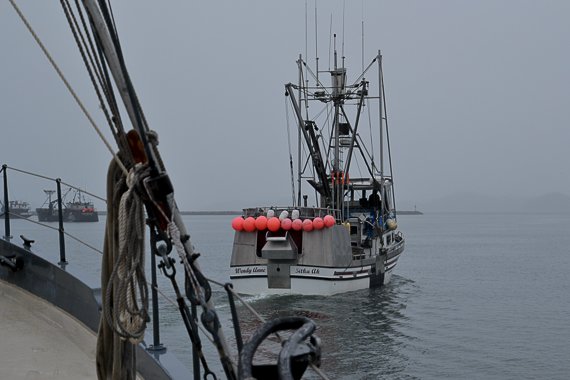
Sitka Harbour
Along with the excellent flavor, it feels good to support a sustainable fishing industry. Understanding the Alaskan salmon culture is key to preserving a native history that has existed for thousands of years. Can one of the last wild fishing industries survive the demand? How will the Native American culture be further affected? Certainly food for thought when traveling Alaska’s Inside Passage.




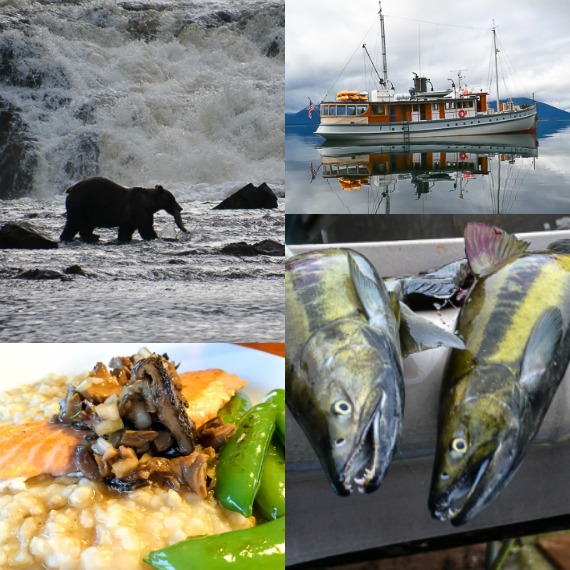













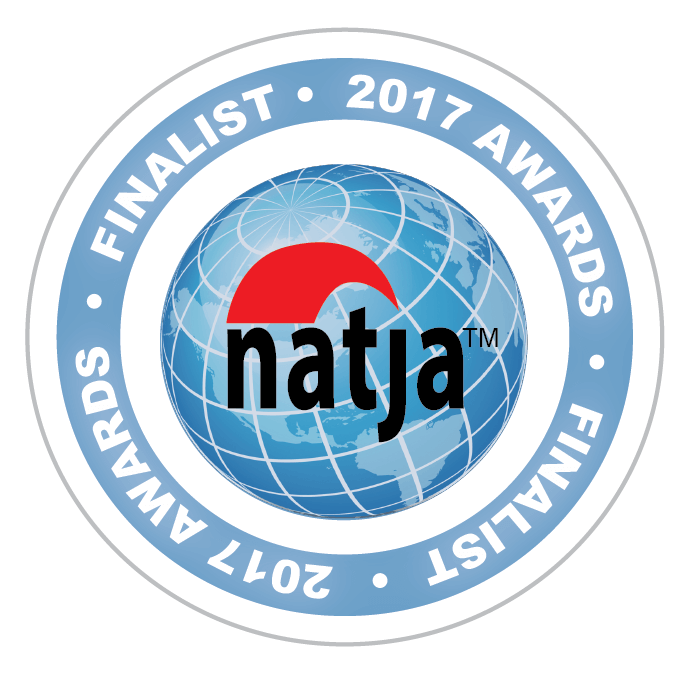




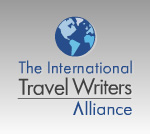



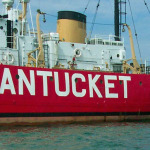
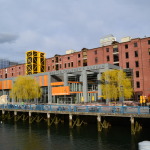

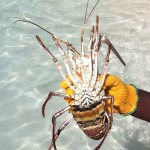
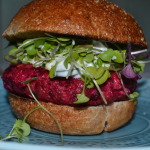



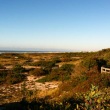
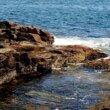


Salmon tastes so good! And is so good for you, as you mentioned. But, yes, man has been very destructive in over-fishing. There are those reports that the seas will not produce any more fish in something like this century. The First Nations are one of our hopes for protecting the fishing (and salmon fishing) industries…
What a great article – thanks! Wild salmon is not something we can get here in Australia, but I’ve eaten it in The Yukon, in Canada, and it was amazing. The flavour is exceptional.
Thanks for stopping by and taking the time to comment Amanda.I was unaware of the difference until I tasted the real thing which was also in Canada (BC) several years ago. The flavor was just so rich and superior. My family loves smoked salmon as well, we did a little experiment after I got back and guess which one came out on top!?
This is a thorough and fascinating article. Salmon is my overall favorite fish and I eat it as often as I can – wild preferred. I would love to do this trip, even though I am usually a “tropical travel” girl. Your research and facts shared are appreciated.
Appreciate your comments and compliments Debbra. Salmon is a favorite of mine as well, and I make the effort to find wild, although it isn’t always easy.
Fascinating article and thanks for the recipe link.
Thanks Linda. Let me know if you make the recipe. I thought it was delicious.
Fresh wild salmon is indeed amazing but my favorite entree of all time, anywhere in the world, is fresh halibut in Alaska. Astounding.
We had some tasty fresh halibut also Charles, but getting into the salmon culture influenced my taste buds.
As a science teacher, I liked hearing your explanation of how the whole salmon feeds all parts of the ecosystem– to see that in action must have been fascinating. Would love to know more details about the actual travel to and from inner passage, the boat, etc ?
Thanks Leslie. Appreciate your connection to the science end. It was also interesting to see the way the melting glaciers are feeding the first forms of life on some of the flat rock areas. Alaska was pretty amazing around every turn!
Absolutely beautifully written, I never considered the nutrient content salmon must bring to the forests as they are drug from the water into the duff! Great imagery of those bears helping the lifecycle of Alaska continue